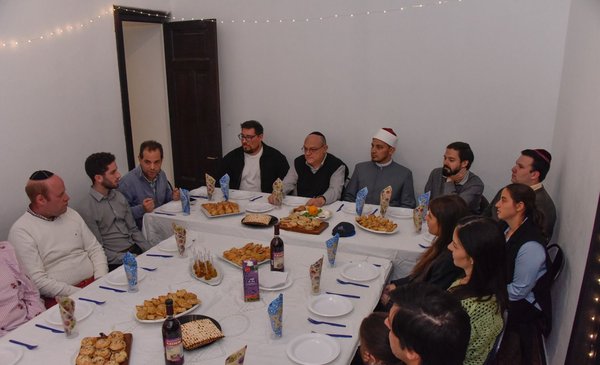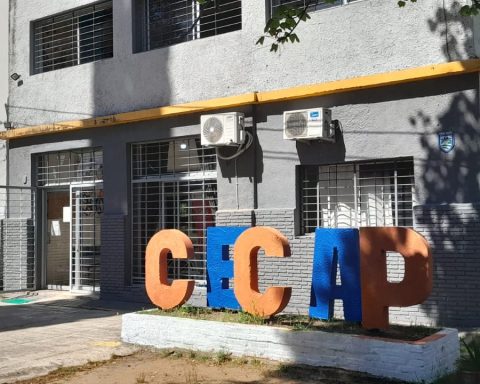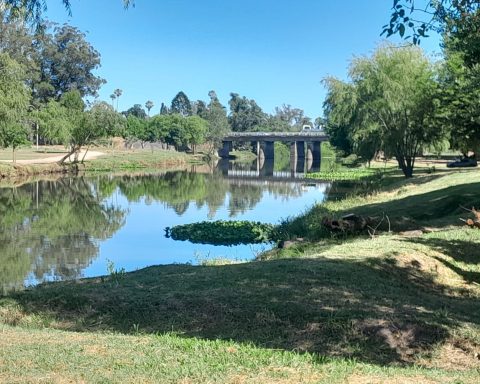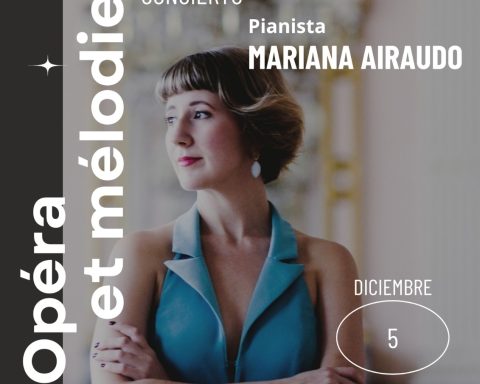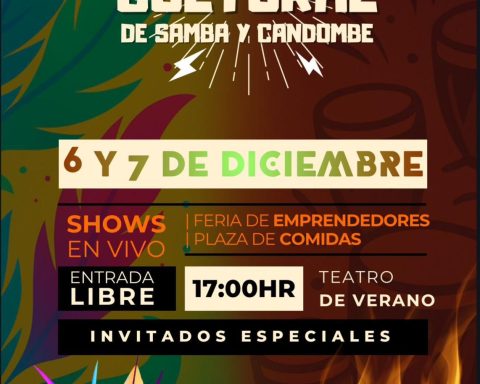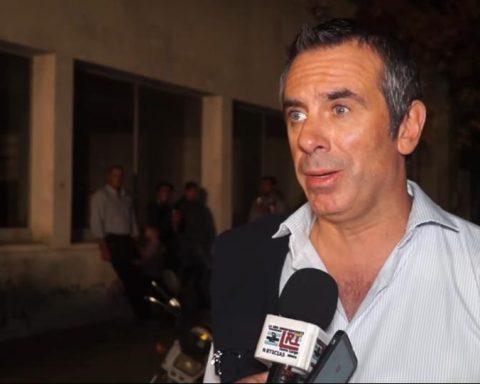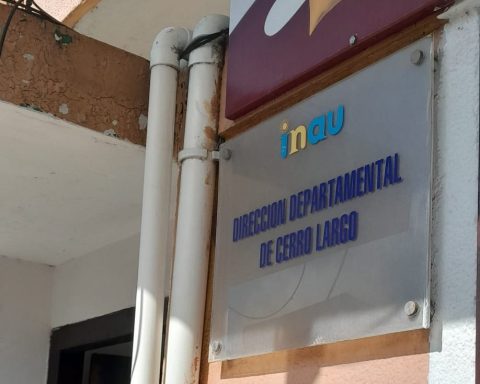-Andrew. I am a Methodist Christian, Protestant. Obviously, iced dulce de leche.
–Felix. I’m Argentinean. I am catholic. Chocolate Bariloche.
-Victory. I am from the Church of Jesus Christ of Latter-day Saints. And the ice cream: mint ice cream.
–Stefani. I’m Jewish. My favorite taste is vanilla.
Name, religion and preferred taste of ice cream was the icebreaker slogan for members of various religions to present themselves at a table served with typical Jewish food.
They sat at the same table on the night of this Thursday Mormons, Catholics, Protestants, Jews and a Muslim in a “interreligious dialogue” organized by the Latin American Jewish Congress. The encounter between the different religions was not random: in April the Catholics celebrated the Easterthe Jews the passover and the Muslims ramadan. “What is going to be served on the table today is food typical of the Jewish tradition. It has a lot of potatoes, onions, flour, fish,” explained the Jew Hori Sherem.
Federico Gutierrez.
Typical Jewish food at the interfaith dinner
“How beautiful it is to meet to celebrate! And in the three spiritual and religious perspectives there is no celebration if there is no food on the table,” said the Rabbi Daniel Dolinskywho was sitting at the head of the table next to Martín de Salterain –Catholic–, Sheikh Samir Selim –Muslim– and Hori Sherem –Jewish–.

Federico Gutierrez.
Jews, Muslims and Catholics in the seine
The objective, said Dolinsky, is to show that “shared is more beautiful. The messages of these times are of fragmentation, division, cracks, and today we want to go against all of that,” he said. The Catholics and the sheik – that is what people who are respected in the Muslim religion are called – Selim, a native of Egypt, listened to the rabbi who explained to them the meanings and symbols of Pesach, the Jewish Passover.
Selim said in conversation with The Observer who was a member of the board of the interreligious dialogue in Uruguay, who met monthly at the Egyptian Center, in a church, in a cafe. The goal is “to feel that we are equal and that we enrich life when people of different religions meet. We show what peace means, that we can live together in a secular country like Uruguay,” she said.

Federico Gutierrez.
interfaith dinner
for the catholic Martin de Salterain run into jews and muslims breaks with the “reductionist” visions and added: “Being a Christian, learning about Judaism is not just learning about another religion but also (the Jews) They are our older brothers in the faith.”
For non-Jews, dinner was practically a class on Judaism from the rabbi. “Let’s see, the Jews help me,” he said from time to time dolinsky while telling the stories of his community to the rest of the religions. Dolinsky invited everyone to try the classic matzah, which is basically unleavened bread made from just flour and water. “We Jews are already a bit rotten on matzah,” he jokingly complained.
In front of the rabbi was a white tray, it was the Keara of Pesach It had an orange, a chicken leg and a hard boiled egg. And Dolinsky put into practice the crossing of experiences between religions and asked De Salterain, from the Catholic Church, to explain why there was an orange in the keará. And De Salterain passed the test and explained the story.

Federico Gutierrez.
Martin de Salterain, Catholic and Rabbi Daniel Dolinsky
“I’m going to say all the names wrong,” De Salterain said between laughs. “I don’t remember if this was recent. But I know that in the Synagogue I don’t know where, a woman… Heschel? I don’t really know who she is,” he added. “His father was perhaps one of the greatest theologians of the 20th century,” Rabbi Dolinsky replied.
“At one point she spoke in a Synagogue from the pulpit and another more orthodox person yelled something like a woman speaking from the pulpit had as much room as a woman. orange in a Passover keará and many people, as an inclusive keará, put the orange “.
“This is interreligious dialogue”, the rabbi joked before the explanation about the orange in the keará.
